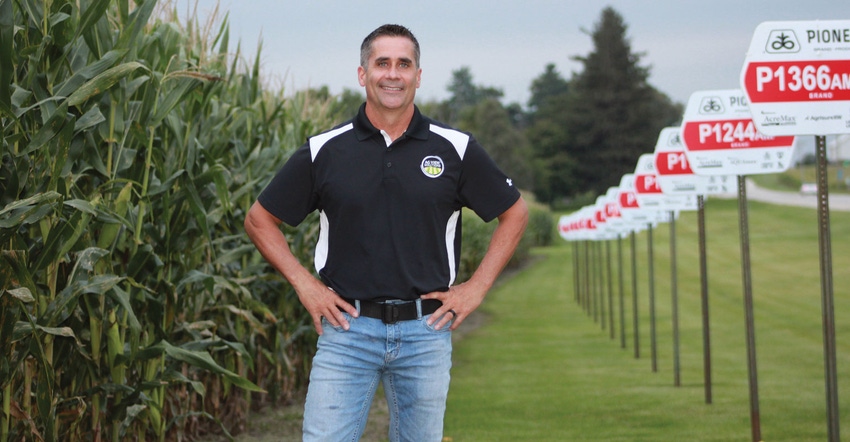
Tight margins are forcing farmers to rethink their independent business model. From high production costs to labor scarcity, collaboration with neighboring farms is a way to solve several nagging problems.
But is it for you?
Chris Barron thinks it may be. The Iowa farmer works with eight other operations, with a single line of equipment owned by two families. Each of the nine families make their own marketing decisions and can make their own purchasing decisions (although they have a specialist who pays attention to input prices); one person has legal expertise.
Such partnerships offer big advantages for farmers, says Rob Rettig of New Vision Farms, a three-farm partnership in Henry County, Ohio, that includes neighbors Rick Fruth and Mark Schwiebert.
“In this region, we have a German culture, and larger operations are not socially acceptable,” he says. “But I’ve always been a collaborator, and as our partnership grew, we started to see the benefits of working together. Once we realized how much we could help each other, we started taking it seriously. We needed to work together to achieve economic relevance down the road to be able to compete against outsiders coming into the neighborhood and be better prepared capital-wise and cost-structure-wise.”
Both farmers say there’s a wide range of benefits in this approach:
1. Bigger, better talent pool.There’s a lot of complexity in a farm business, so having added expertise helps. Maybe you hate to calibrate planters, but someone in your group is good at it. Maybe someone is really good at marketing. Problem solved.
“When you bring multiple people together, you bring in multiple talents, so you don’t have to wear all those hats,” Barron says. “You let people do the things they like the most, and they’re having more fun in their jobs.”
At New Vision Farm, each partner owns hard assets like land, but they don’t have to wear quite so many hats as they would in a traditional one-owner business. “Partners focus more on what they are good at instead of doing everything themselves,” Schwiebert says.
The business gets some management specialization from this arrangement, Rettig says. “We really liked each other, and one of the unintended consequences was that we became much better managers because we weren’t working just for our own operation.”
2. Future opportunities.Independent farmers may not have the scale needed to bring future generations back to the business. Likewise, they may have limited options to pass the business along when there are no family members interested in the farm business. A collaborative operation can help solve both issues, but first, partners must sit down and define growth goals. Set up contingency plans for death or those exiting the business. “That’s a big question for an independent operator, but the picture is a little easier in a group setting,” Barron says.
3. Peace of mind.When a crisis happens, farm families can be stranded without crucial labor to finish key tasks. A multi-farm partnership eases the burden. In Barron’s case, one of his partners faced a tough situation — his granddaughter had cancer. The partner wouldn’t be able to spend much, if any, time with the business over the next three months. But when he did come back to work three months later, crops were thriving and the farm was stable.
On a more positive note, more partners mean you’ll have a better chance to go see your kid’s ballgames; you cover for each other. Fruth spent four weeks in Tanzania this summer volunteering at a USAID Feed the Future project. “Without my partners, I would not have been able to do that,” he says.

Iowa farmers working together in partnership include (from left) Rick Matthiesen, Chris Barron, Jason Franck, Keven Barron and Keith Smith.
4. You’re not getting any younger.The average age of a U.S. farmer is nearly 60. If you can take wisdom of experience and combine it with youthful enthusiasm, that’s a pretty good combination, Barron says. The average age in his partnership is 46. A wider group of manager-operators means there’s a bigger pool of able-bodied people to combine with experienced management.
5. Size matters.Equipment, seed, fertilizer and crop protection make up 50% of costs. Applying those costs over more acres — especially with machinery — can help your bottom line. You’ll have more economic savings working with suppliers. A collaboration allows you to diversify your suppliers or customers, Rettig notes. Selling larger volumes of commodities or other products can help you capture better deals.
“We are able to acquire contracts for specialty crop production that, alone, wouldn’t be feasible,” Schwiebert says.
Contact Barron at [email protected]; contact Rettig at [email protected].
Next in the series: Is collaboration for you? How to decide if this makes sense for your business.
About the Author(s)
You May Also Like






